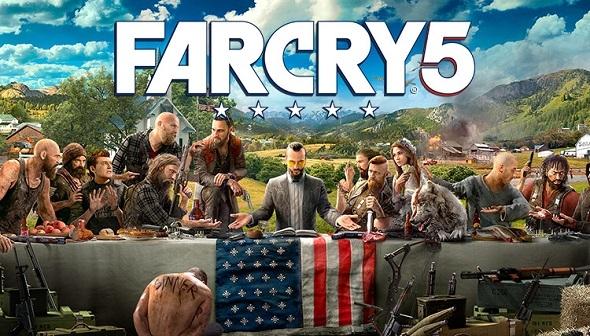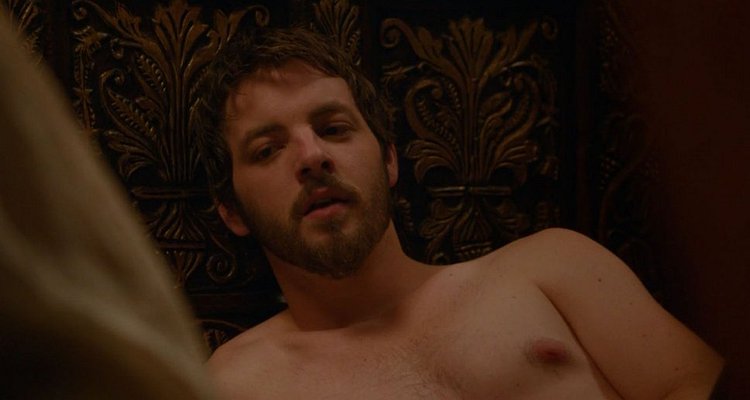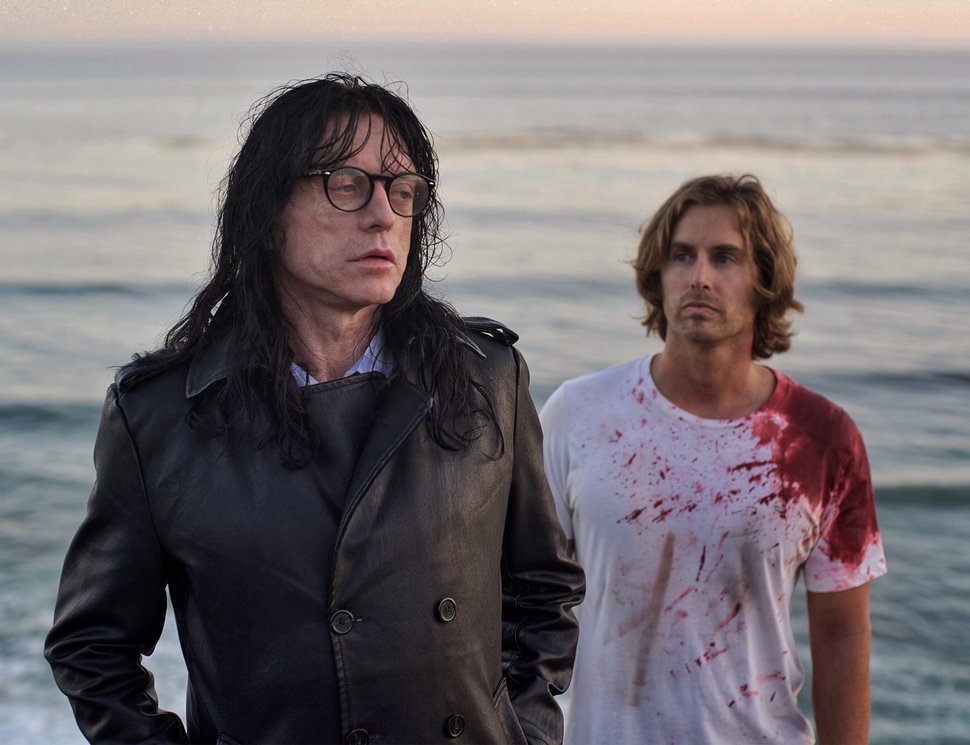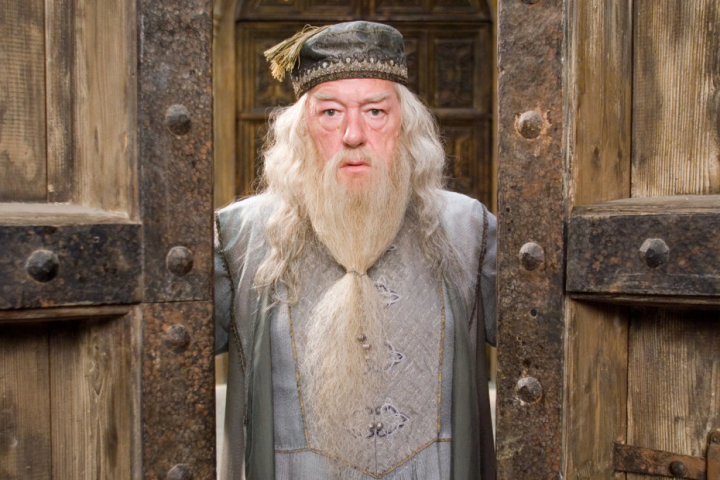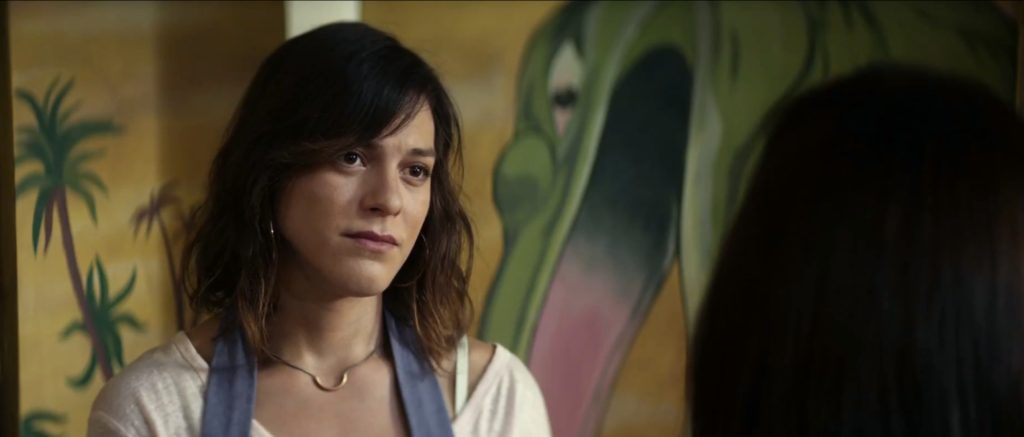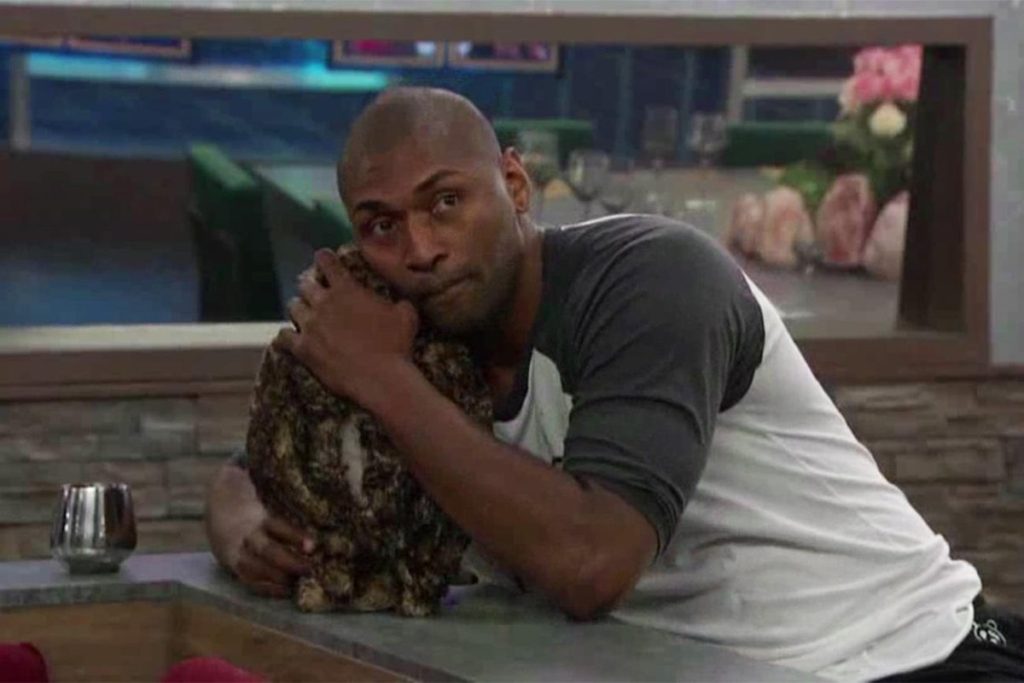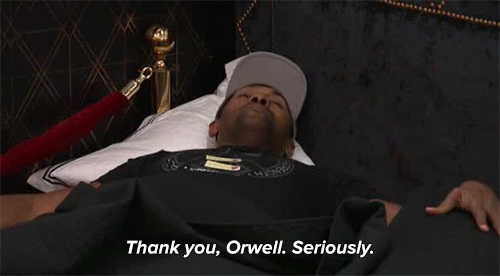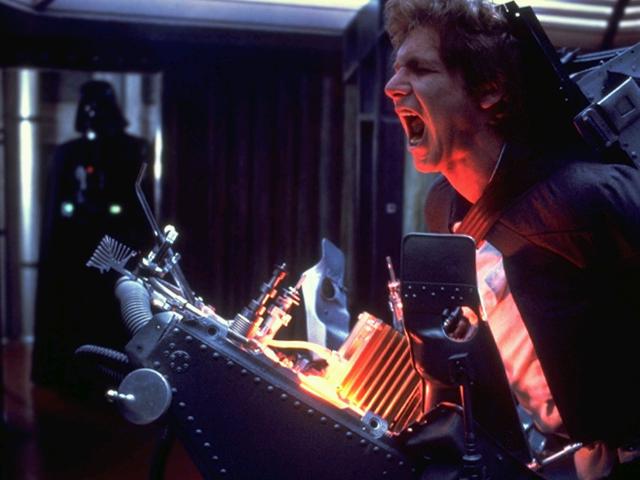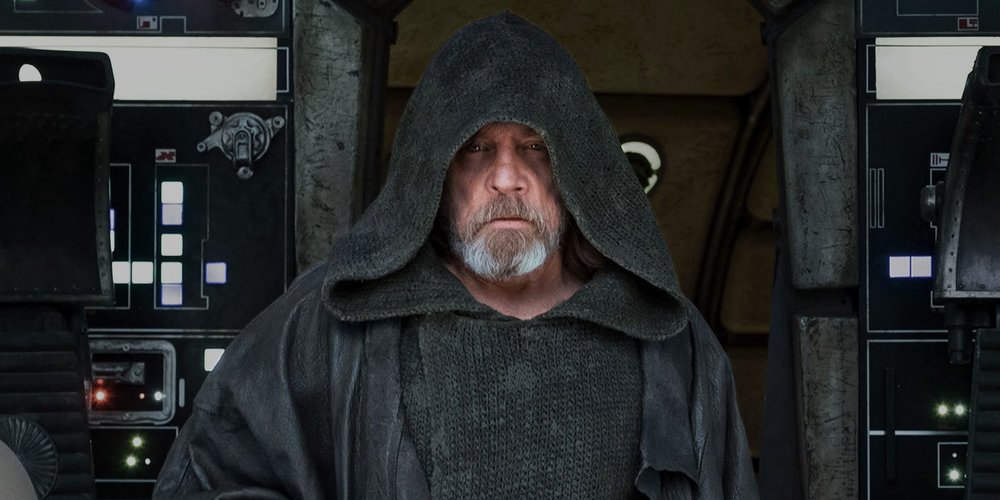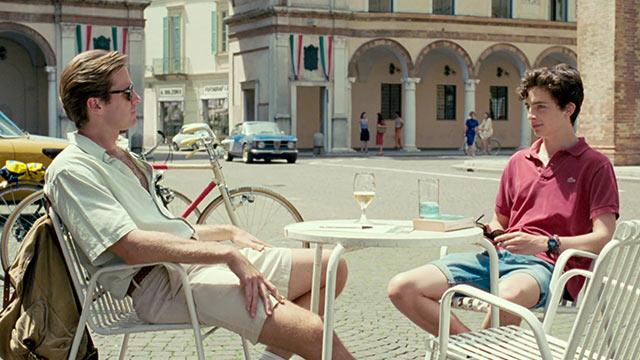Far Cry 5 Is (Unsurprisingly) Not a Political Game
Written by Ian Thomas Malone, Posted in Blog, Pop Culture
Politics is everywhere in American culture nowadays. It feels like forever since we lived in a time when major news organizations didn’t dedicate significant coverage to the social media habits of tweeter-in-chief. Far Cry 4 came out two years before Donald Trump’s inauguration, and only a few months before his final season hosting Celebrity Apprentice. It seems rather natural Far Cry 5, with its Montana setting and fanatical religious zealots, would draw comparisons to the Trump presidency, especially as it is the first game in the series to have a domestic setting. Numerous articles have popped up over the past few weeks noting this phenomenon, many suggesting a deliberate association between crazed cultists and the man who once implored his Twitter followers to check out a sex tape in the middle of the night.
Having played Far Cry 5, I can’t really say there’s much more evidence to further the theory that the game is meant to be a commentary on Trump. I don’t think the game has much to say about cults either, except for the fact that they are bad. The game has a hallucinogenic drug called Bliss, clearly inspired by the opioid crisis, but the big takeaway from its inclusion is also fairly rudimentary. Drugs are bad.
Far Cry 5 is not a complex game. You liberate a county in Montana from a cult leader by going around and shooting things. You can customize your character with various perks, but those processes are far less complex than something out of Fallout 4 or Skyrim. Essentially, the game is a cross between Grand Theft Auto V and Assassin’s Creed: Origins. There is no real point where the character stops to examine the morality of their situations or the broader ramifications for a country that allows religious zealots complete autonomy over full counties. For many, that’s not surprising.
What might be surprising to people is that Far Cry 5 was made in Canada, a joint venture between Ubisoft’s studios in Toronto and Montreal. Ubisoft itself is a French company. While these facts certainly don’t disqualify them from being able, or wanting to create a narrative that offers complex commentary on the current state of American politics, it is not insignificant to note that the people developing this game do not necessarily live in an environment where everything revolves around Trump. It is possible that they just wanted to make a video game.
A not surprising notion is that a major company would not want to potentially alienate, or anger, much of America by turning a video game into a political referendum. That dilemma cuts both ways, potentially pissing off the Trumpkins as well as those who would rather just blow things up than consider what the narrative says about society as a whole. Politics often bleeds into entertainment, but video games tend to skirt the association. Far Cry 5’s $310 million dollar opening week probably best explains why.
Far Cry 5 clearly did not want to explore the nuances of the deplorables. Its main villain Joseph often sounds like a cross between Matthew McConaughey and Albert Wesker in the final battle of Resident Evil 5, offering extremely lame lines that rarely evoke feelings that hardly suggest there’s something philosophical underneath the layers of generic evil. I could see him as a radical televangelist appearing on a Hannity segment, but not as anything resembling an intellectual.
Ironically, Far Cry 5 has received criticism for being too apolitical, or bland, which is where I see the danger in associating everything with Trump. The game drew fire in 2017 for its perceived attacks on Christians, and then got slammed for avoiding that subject. Neither of these positions reflect the actual substance of the game, which does carry a certain sense of blandness in its repetitive gameplay and uninspired villain.
The reviews for Far Cry 5 have mostly skewed positive in spite of those criticisms, earning a B- score if you average the Metacritic scores across PC, PlayStation 4, and Xbox One. From my own experience, that’s a fair rating. It’s a fun game, but a flawed one.
I can’t shake the idea that the whole Trump controversy made it so that the B- ratings essentially represented the ceiling for the game. The gameplay might be a bit bland, but the story was essentially destined for that label by token of not containing the politics that people assumed would be there a year before the game came out. Far Cry 5 can’t be evaluated solely on its own merits because of a media “controversy” that it never really deserved.
You could apply the same standard to any game. I could write an article on how the Nintendo 64 game Yoshi’s Story, which was released in North America in 1998, was meant to be a commentary on the rising obesity epidemic using the game’s Fruit Frame plot device as the basis for the argument that the game is subtly trying to get kids to eat healthier. That theory might sound ridiculous, but if something had raised that point before the game came out, some of the reviews would naturally address whether or not the cute dinosaur had ulterior motives for his adventures.
Is that fair? No, but that doesn’t mean a compelling case couldn’t be made, especially before the game’s release. Just like that, the story structure of an entire team of developers that took years to create could be undermined by a think piece that draws lines between things that don’t necessarily need to be related.
Far Cry 5 was probably inevitably going to draw comparisons to Trump, which is unfortunate. It shouldn’t have to be viewed through the lens of a political scope just because someone can do that. Anyone can do that for any game. The fact that this one had a Montana setting and bunch of religious loons might make it easier for someone to write an article connecting the two together, but that doesn’t mean it was deserved. The kind of logic is lazy, and gave a bland game a predetermined aura of blandness that seems like the only possible outcome.
Note: I received a complimentary copy of Far Cry 5 for my review. I’ve had Yoshi’s Story since I was seven and still play it often.





